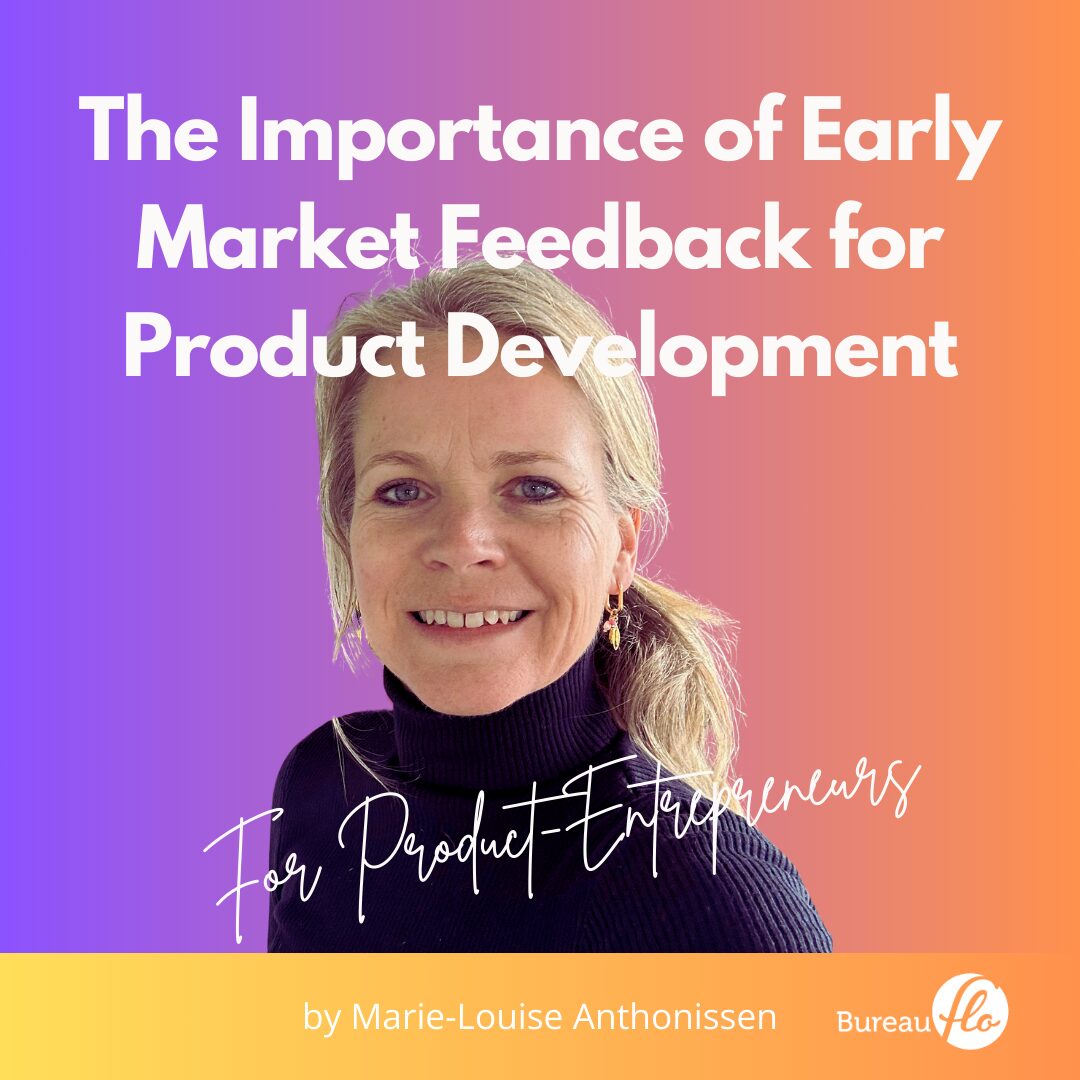Welcome back to our blog! In today’s post, we’re delving into a crucial aspect of product development: getting early market feedback from your potential customers. Conducting this research at the beginning of your project, before investing significant time and money into development and prototyping, can save you from costly mistakes and guide you toward a more profitable product.
Why Early Market Feedback is Essential
Before you ask suppliers for quotations, you must clearly understand what you want them to manufacture. This includes having detailed features, benefits, and specifications outlined in your product briefing. Such clarity allows suppliers to provide reliable quotes and helps you calculate the profitability of your new product.
If you continuously add or change features during the development phase, your costs will increase, potentially reducing your profit margins. Early market research helps you avoid ending up with a product that is not profitable. Consequently, gathering this feedback at the beginning is vital.
Identifying and Contacting Your Potential Customers
Whether your target market is B2B or consumer-based, it’s crucial to connect with your potential customers. Your approach can vary: engaging directly with end-users, talking to retailers or installers, or even consulting with industry experts.
For consumer products, you might walk into stores, ask for feedback on the street, or query your friends and family. In a B2B environment, the task might be more challenging if you lack industry connections. In such cases, consider reaching out to former colleagues, or leveraging your network through LinkedIn.
Creating a spreadsheet with the names of potential contacts and organizing your outreach can be very effective. Document who you spoke with, the feedback received, and any follow-up needed. Such an overview allows you to systematically gather and track all the valuable insights.
Using Confidentiality Agreements
When sharing your new product idea, particularly if you need to divulge specific details or show drawings, it’s wise to use a confidentiality agreement. This legal step ensures that your idea is protected and not subject to misuse before you’ve secured the necessary trademarks or patents.
Preparing for Feedback Sessions
Once you’ve identified who to speak with, prepare for the interviews. Creating a detailed questionnaire helps ensure you don’t forget any important points during your discussions. Alternatively, presenting a mock-up or a drawing and asking for spontaneous feedback can also yield valuable insights. In some cases, a hybrid approach of structured and open feedback is appropriate, depending on your product and its development stage.
Don’t underestimate the utility of online questionnaires, especially if your customer base is geographically diverse. These can provide broader feedback and are more convenient for respondents, potentially leading to higher response rates. To encourage participation, you might offer a small incentive for completing the survey.
Evaluating and Applying Market Feedback
After gathering feedback, it’s crucial to evaluate it meticulously. Clarify any vague responses by following up with the respondents if necessary. Involve your team or a colleague in this evaluation to ensure a well-rounded interpretation of the data. This collaborative approach can help you draw more accurate conclusions.
Based on the feedback, you might need to revise your product briefing, adjust features or benefits, or tweak specifications. Ensure your product is as complete as possible before seeking supplier quotations for a more reliable cost estimation. If you like to learn more on how to create a product briefing for your new product idea, click here to read the blog post.
Leveraging Existing Market Research
For those with a higher budget, hiring a market research agency might be beneficial, although it can be expensive. As an alternative, consider purchasing existing market research reports. These reports might not be specific to your product but can provide valuable general insights into your market.
Conclusion
We hope this post has highlighted the importance of early market feedback in the product development process. By starting with thorough research, you can avoid costly mistakes, refine your product idea, and ultimately develop a more successful product. If you’re ready to get started, download our free checklist. Head to our Instagram @Bureau_Flo and comment “checklist,” and we’ll send you the link.
Or click here to sign-up for the free checklist.

+ show Comments
- Hide Comments
add a comment